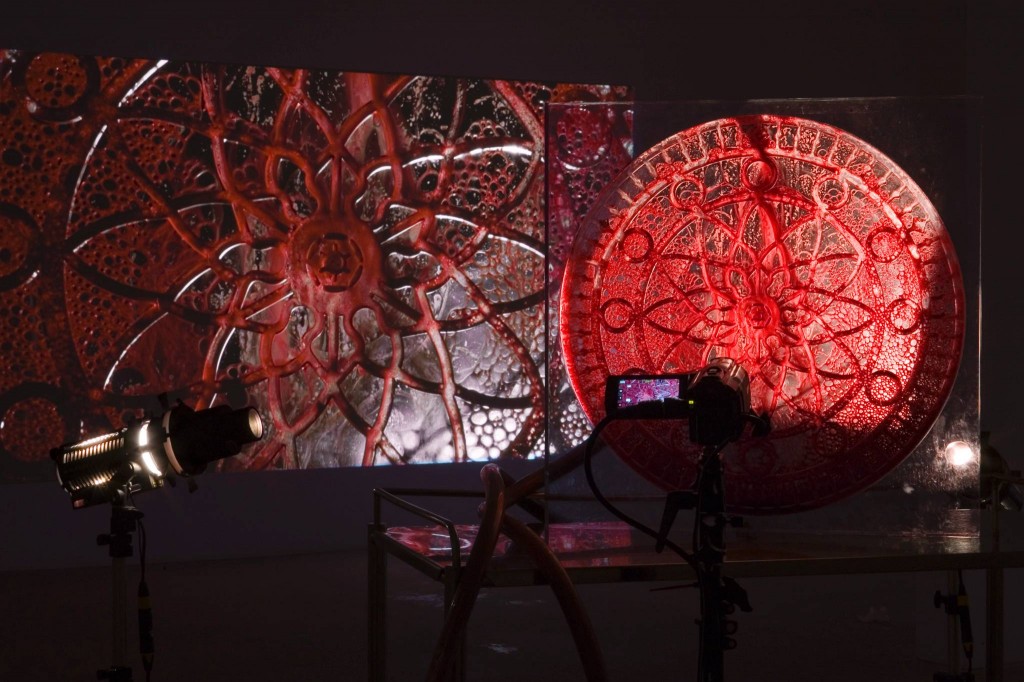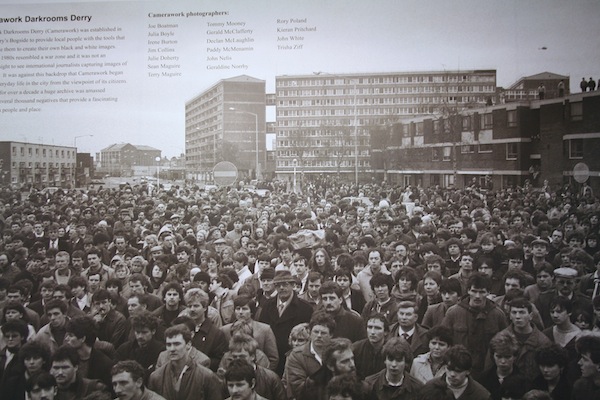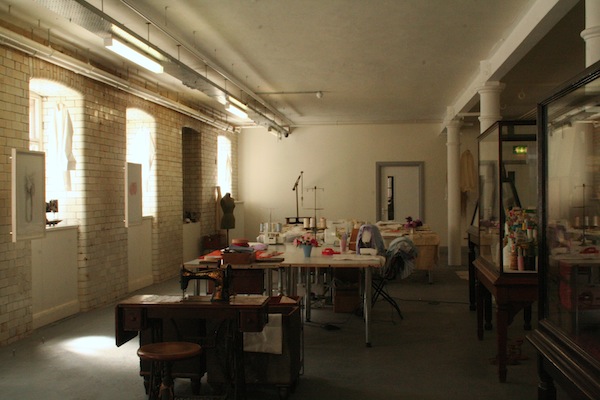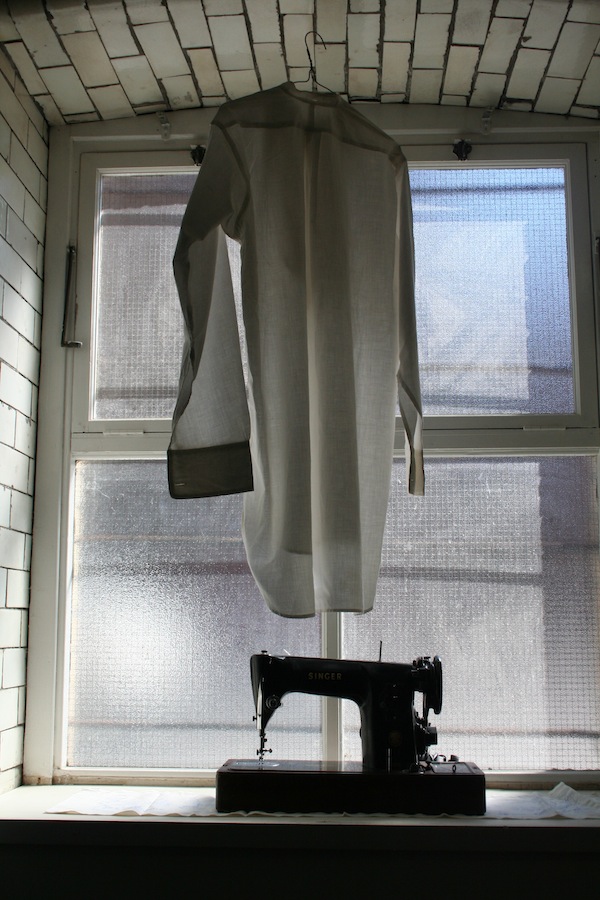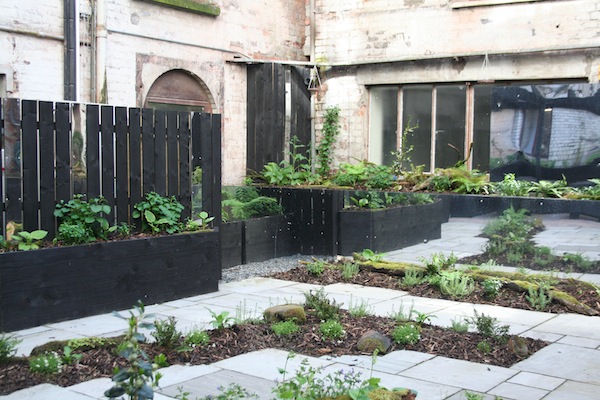“The City of Culture has bought a renewed sense of optimism and determination to many…The 2013 City of Culture is just the start of the process of building a bright and secure future for all.” (Culture Minister – Caral Ni Chuilin)
Derry is serious about its art. Without getting carried away with the current celebrations’ colour and drama this small port city has built a strong visual arts infrastructure that should stand the test of time and delight visitors and residents for the foreseeable future. The selection of current exhibitions at the newly refurbished gallery spaces has created a Hoxton-type vibe serving the foreigner and Derry inhabitant a cool dose of art covering controversy, suffering, beauty and history.
In 2010 Derry-Londonderry submitted its bid to become the UK’s inaugural ‘City of Culture’ and in 2013 the country’s most westerly port secured victory, gaining the prestigious title. The triumph was officially celebrated last weekend when a selection of cultural festivities – alongside the major event ‘The Return of Colmcille’ – came together in Derry.
The year comprises a magical schedule of happenings, shows, events and exhibitions. The first half of the year commenced with the ‘Sons and Daughters’ gala concert. Other happenings consisted of a series of dance events, including a Guinness World Record-breaking group performance of a song from the musical Annie, the ‘Other Voices’ music event and Radio 1’s ‘Big Weekend’. Future events include: ‘Music City!’ – 24 hours of music that celebrates the 100th anniversary of ‘Danny Boy’; the ‘Celtronic’ music festival; the yearlong ‘Music Promise’; ‘Fleadh Cheoil na hEireann’ – the world’s largest festival of Irish culture; and ‘Luminere’ – a four-night light extravaganza.
Last weekend featured Frank Cottrell Boyce’s ‘The Return of Colmcille’, a retelling of the legend of Saint Comcille and Derry. I will be reliving this enchanting event in Part 2 of this article. First, I am going to highlight some of the exhibitions that I visited that are currently taking place, amongst a massive yearlong events schedule.
Amongst the revelry, more thoughtful exhibitions are also happening in Derry, with the VOID gallery’s diverse visual art programme at the helm. The yearlong art agenda – named ‘Contemporary Art at the City of Culture’ and supported by the Arts Council, the British Council and the Culture Company – will spread the potent message that Derry is a place full of fascinating histories and create a milieu for stimulating storytelling and debate.
Currently on display at VOID is ‘Catholic Blood in the Rose Window of the Houses of Parliament’ by Andrei Molodkin. This compelling installation comprises a circuit of machinery that allows blood – donated by followers of the Catholic faith – to be pumped into an acrylic box containing a hollowed replica of the Rose Window that decorates the façade of the Houses of Parliament. The blood trickling into the structure is then projected onto the adjacent gallery wall. This controversial work has a marmite effect on the visitor: it is either totally unwatchable or completely captivating. One might find the installation difficult to stomach either because of a fear of blood or because of the overtly controversial political and religious context. I just found it fascinating.
The City Factory Gallery is located above the VOID Gallery and is currently showing, ‘Picturing Derry’, a major photographic exhibition documenting The Troubles. A partnership between the Nerve Centre and Culture Company’s BT Portrait of a City, the exhibition is a triumph. It is a testament to the remarkable social and political evolution of Derry. The gorgeous gallery space throws light and airiness on dark times and is truly a place for reflection. The events captured by a range of both professional and untrained photographers are perhaps impossible to understand properly unless you have witnessed them. Yet it is possible to gain some further insight by observing the reaction of those visitors to the gallery space who recognise the faces, the horrors, the atmosphere and possibly even themselves in the poignant black and white images.
The Shirt Factory – again contained in the newly refurbished City Factory building – is currently playing host to Rita Duffy’s ‘pop-up’ museum. Duffy’s clean replica of a factory setup is an artefact-laden installation that plays homage to Derry’s shirt-making history. The unattended machinery in what was a ‘feminine space’ explores women’s role in the construction of Derry. I was reminded of cultural historian Elizabeth Wilson’s work displaying dress in the absence of the wearer. Perhaps the stencils of shirt patterns on the floor signify the absence in this case of the factory worker and the industry; the viewer certainly feels uneasy when walking over them.
Katie Holten’s Factory Garden, located outside the Shirt Factory space, is just one in a series of art-garden projects curated by Gregory McCartney. Irish-born and New York-based artist Katie Holten’s permanent public garden nestles quietly in the City Factory’s grounds and reflects her wider exploration of people’s relationship with the natural world. When the shirt making industry played a dominant role in employing Derry inhabitants, the City Factory – now a newly refurbished gallery space – was a bustling workplace. Holten’s garden project succeeds in transforming a formerly miserable area of the disused factory, giving a new lease of life to a part of Derry’s history that had been left buried. When standing in the space one is able to look up at the factory walls and re-imagine the prosperity of this once thriving economic and industrial beacon of the city.
The art exhibitions currently on show in Derry work in unison to create a reflective atmosphere, highlighting an artistic community spirit. It is important to point out that the contemplative mood is further enhanced by the fantastic gallery spaces that make viewing in tandem the different exhibitions – with varying subject matter – seem remarkably cohesive.
Future projects in the ‘Contemporary Art at the City of Culture’ programme include ‘Partition’ and The Turner Prize. ‘Partition’ will invite a group of theorists, curators and artists to attend a two-day debate. A physical partition, in the form of a wall, will divide the debating ground from an area where an exhibition may – or may not – be held, depending on what the debaters decide. The Turner Prize is leaving England for the first time and will be held in the former army barracks in Ebrington.
Keep an eye out for a personal account of my recent trip – it includes my cultural guide to the ‘City of Culture’ and concludes with a very memorable encounter with the Loch Ness Monster.
Tory Turk for FAD


